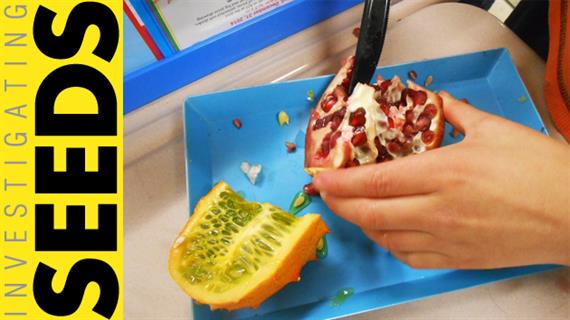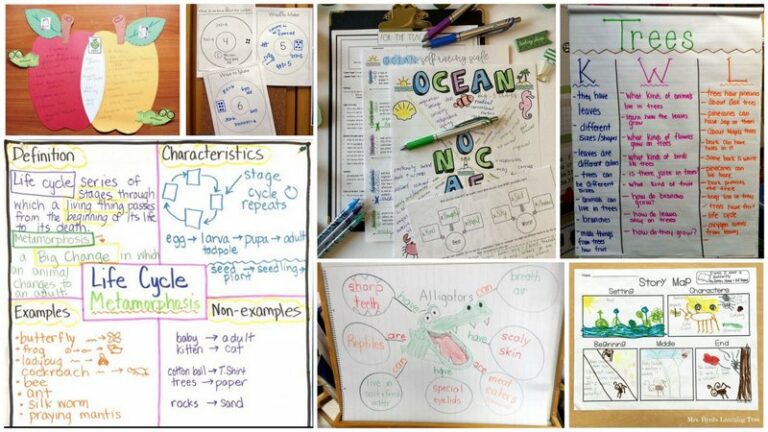In this two day lesson, students discover the unique adaptations of different seeds! First, introduce students to seeds by distinguishing between a fruit and a vegetable. It seems like an easy topic, but some produce people consider to be a vegetable is actually a fruit!
In my third grade classroom, I laid out 7 items and had students tell me if they were a fruit or a vegetable. A couple of the items were very tricky for students. I included a kiwano (horned) melon, corn on the cob, starfruit, coconut, edamame, pomegranate and avocado. Students discovered that they were all fruit!
Fruit – develops from a flower of a plant and contains seeds
Vegetable – edible plant or plant part that may or may not have a role in the plant’s reproductive cycle.
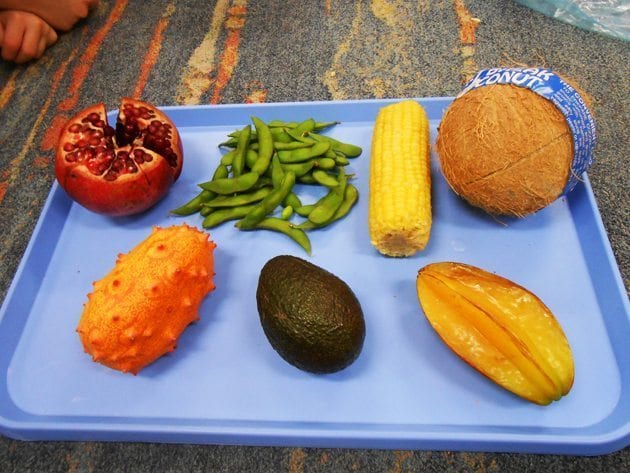
Once we learned that fruit contains seeds, we reviewed what a seed is. A seed is a small object produced by a plant from which a new plant can grow. They carry the beginning of plants inside of them. We talked about how seeds can travel (which we learned more about on day 2). Then, students estimated how many seeds would be in each fruit. We cut the fruit open and students were ready to explore!
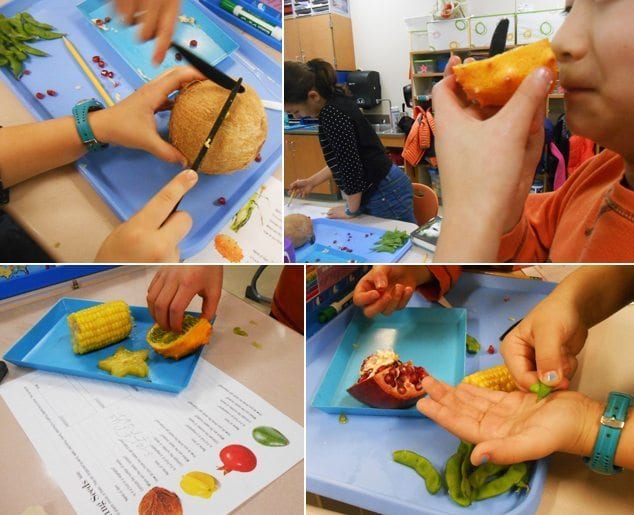
The students recorded the name of the fruit, where the seeds are located, how the seeds get dispersed, 3 properties and they drew what the seed looked like. Click here for a free printable: Investigating Seeds
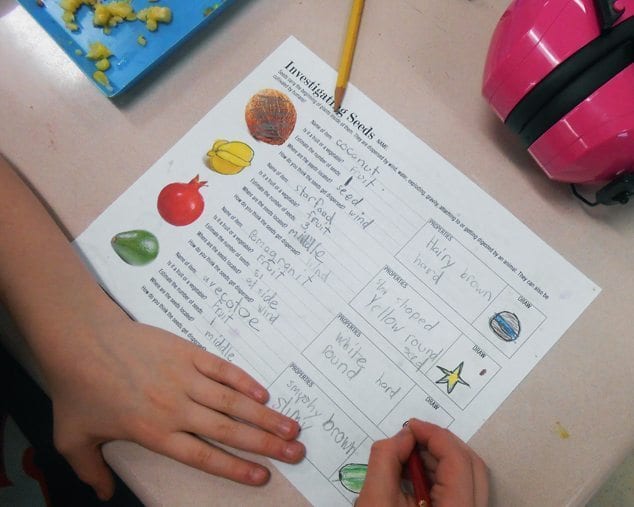
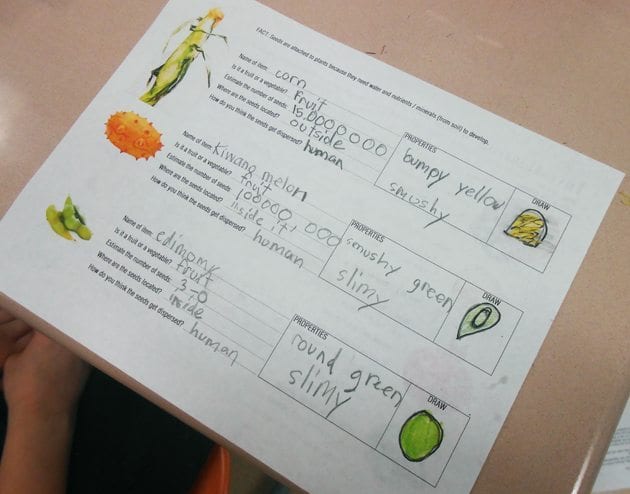
Afterwards, we compared our seed estimations to the average number of seeds each fruit contains. The students were shocked by how many seeds some of the fruit contained! We talked about how seeds are attached because they need water and nutrients / minerals from the soil to develop. Then, we discussed the different properties we recorded. Students compared the different sizes of each seed. We measured the difference between the largest and the smallest seed.
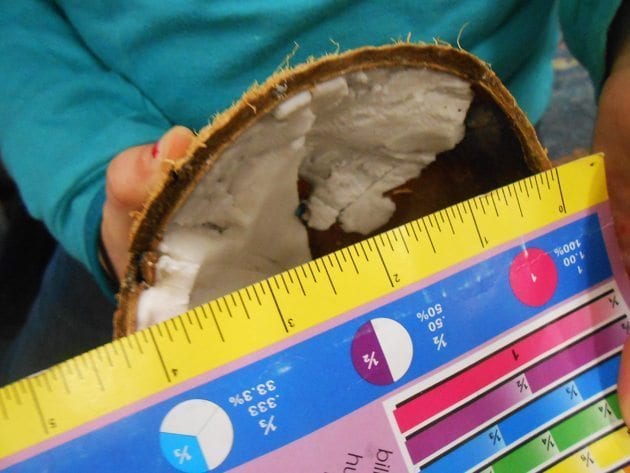
Day 2 we got into 7 types of seed dispersal. We identified how the fruits we investigated disperse their seeds. We talked about what would happen if all seeds landed underneath the parent plant. They would be too crowded. The established plant might not leave the new plants with enough sunlight and water to develop properly or survive. Students identified the size and shape of the seed being the main factor of how seeds are dispersed.
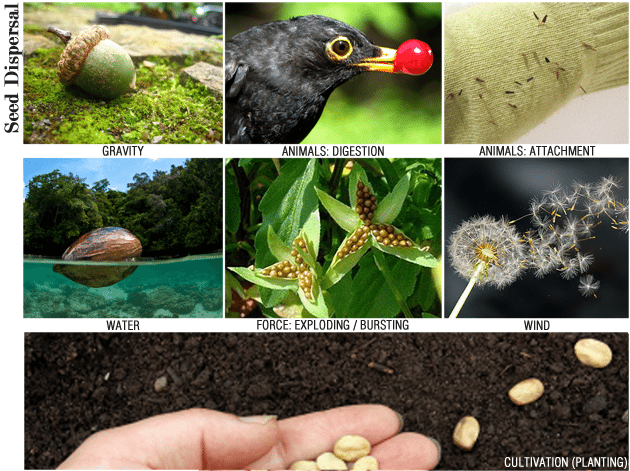
Then, we looked at a variety of different seeds to see if we could figure out how they disperse. We observed different nuts. The students guessed that animals probably eat the nuts. They said that they could not attach to an animal and they seemed too heavy to be carried off by the wind. We put them in a tub of water to see if they could travel by that type of seed dispersal. The students predicted that some would float and others would not based on their shape. They were surprised they all floated!
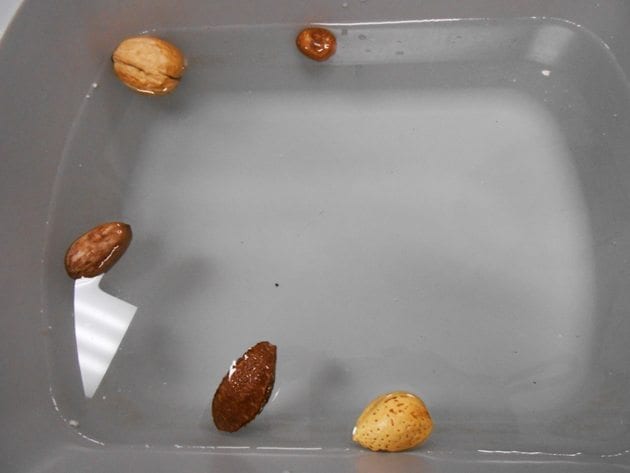
After students learned all about how seeds disperse, they were given a letter from Farmer Joe (displayed below). Farmer Joe has a huge problem: weeds have invaded his garden! He has no idea how they got there. Plants don’t move and he did not plant weed seeds! Students write Farmer Joe and explain to him that seeds travel in different ways. (Note: Pokeweed is a poisonous plant. This weed adds more of a challenge for students!) Click here for the pdf that contains the letter: Investigating Seeds
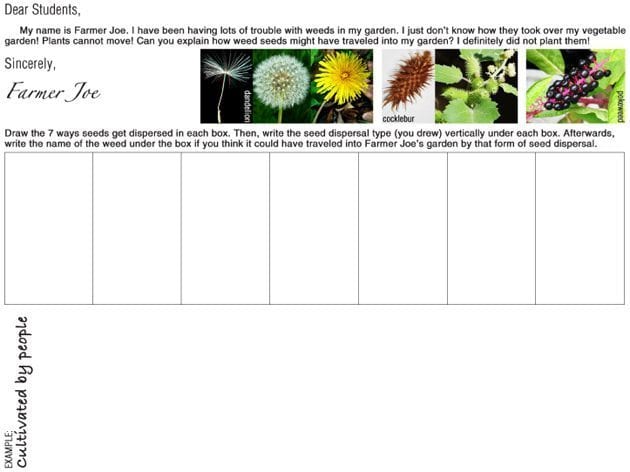
Students drew the 7 types of seed dispersal that we learned about. Then, they studied the images of the weeds (and their seeds) that invaded Farmer Joe’s garden. Based on the seeds’ physical attributes, the students determined what type of seed dispersal caused dandelions, cockleburs and pokeweed to grow in Farmer Joe’s garden. Using the real world context of weed seeds dispersing in a vegetable garden helped children understand seed dispersal better. They enjoyed solving Farmer Joe’s mystery when they investigated seed physical attributes. Looking at the observable properties of seeds gave them a better understanding of seed adaptations.
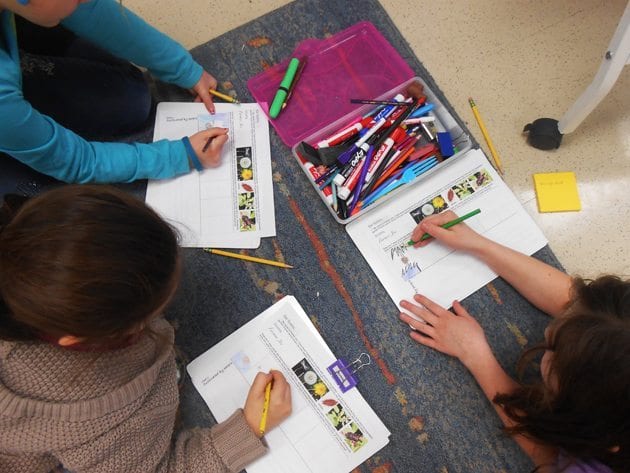
Erin Bittman is a second-/third-grade student teacher in a multi-grade classroom at a German Magnet School. She attends the University of Cincinnati. Check out her blog, E is for Explore!
